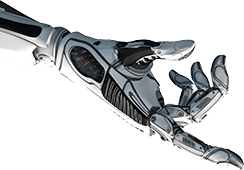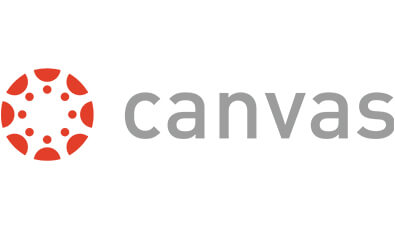

27.09.2018
By Eric Drumm
Books and lessons plans are not as effective for STEM, data shows
There is not one way for kids to learn Science, Technology, Engineering, and Math (STEM). In the past, book learning and lectures were a popular way to teach these topics, but recent research suggests that hands-on learning is a great way to give kids a glimpse into STEM topics.
While worksheets and tests might confirm what a child has learned, they do not proactively teach these topics. By standardizing tests and measuring learning in a finite number of ways, we may be ignoring huge chunks of how kids learn and retain important information. How can we expect kids to think outside the box when our teaching and measurement strategies have built one around them?
There are many reasons why worksheets may not be as effective as we thought, and progressive educators have the receipts to prove it.
According to a recent study from littleBits, text-based learning (using workbooks, etc.) is only about 40 percent effective for teaching STEM concepts?? Hands on learning is at almost 70 percent.

When teachers and parents work with kids to build and make things, the information tends to stick at a much deeper level. By giving them the time and space to absorb new information, adding tactile and emotional elements, kids are better able to “own” their learning experience and are motivated to do more of it.
A piece of paper is not very personable, but an experience is something that kids are not likely to forget.



